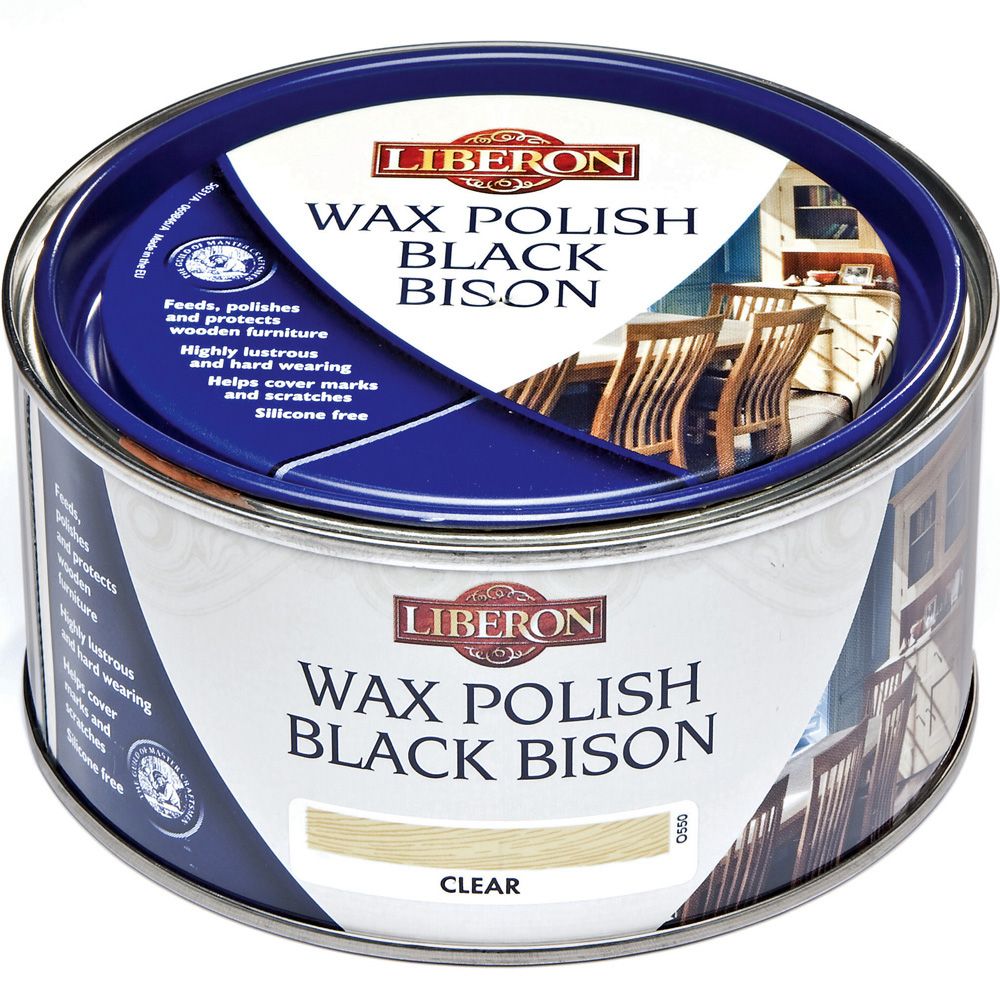Best Way to Clean and Polish Wood Furniture

What should I use on my wood furniture? It's a question I frequently get just after someone hears an ad promoting some spray polish that "works like magic." Here's the sad truth: if it is ridiculously easy to use, it's probably not what you expect. Life’'s just like that.
The Treadmill
The problem with most spray furniture polishes is not that they are harmful to furniture finishes (they're not), or that they don't work (they do), but rather that they put you on a treadmill. No, not the kind your spouse has been trying to get you on since your weight began to inexplicably inch upward. The metaphorical kind.
Here's how it works. Many furniture polishes add sheen or luster by coating the finish with an ultra-thin layer of some oily compound. It looks nice and shiny for a while, but the oily film soon attracts, and holds, airborne dust. Before long, it looks dusty again and cries out for more polish.
No problem. All you need do is spray and wipe again. And again soon after that. You get the picture: you’re on the spray polish treadmill. It's time to clean off the polish with some mineral spirits (paint thinner), and start anew.
The Right Answer
So what's the right answer to the question "What should I use to clean my furniture?" Mild soap and water. Well, that’s pretty ambiguous; what does mild mean? It means soap or detergent you'd feel comfortable putting your hands in.
But what about polishing, or waxing? Isn’t that necessary?
Strictly speaking, no. You can leave the finish alone and simply clean it with soap and water when needed. However, that’s not to say it's wrong to add a thin coat of wax. It can aid in shedding water, and might actually help the piece look and feel a bit better, though certainly not much. Still, it can't hurt, and it's a valid option.
The problem is that the sort of wax you want to use does not come in a spray on, wipe off, ten seconds and you’re done format. It comes in a squat round tin, and it’s called paste wax.
Now, I'm not trying to say paste wax is labor-intensive. On a satin finish, you simply apply it with the grain on 0000 steel wool and wipe it off immediately. Gloss is tougher; you apply it with a soft cloth wait until it is just about dry, then buff it, preferably with the buffer you use on your car.
Come to think of it, wax is labor-intensive, but in spite of the extra work, or perhaps because of it, you’ll get better, longer lasting results. And isn't that what you wanted in the first place?
Keep the inspiration coming!
Subscribe to our newsletter for more woodworking tips and tricks





